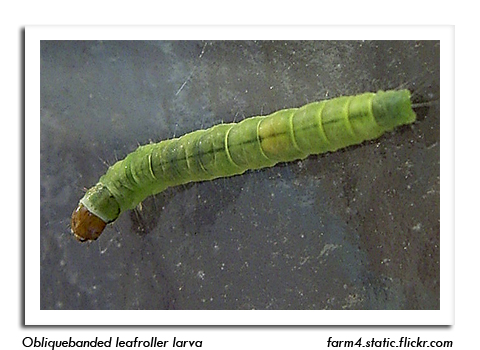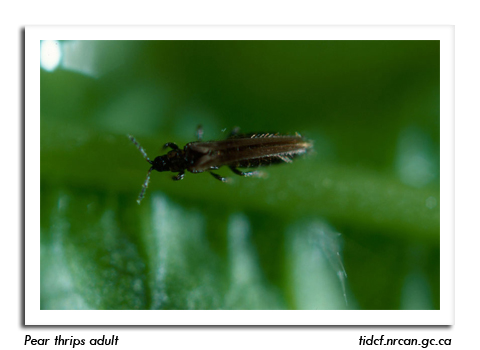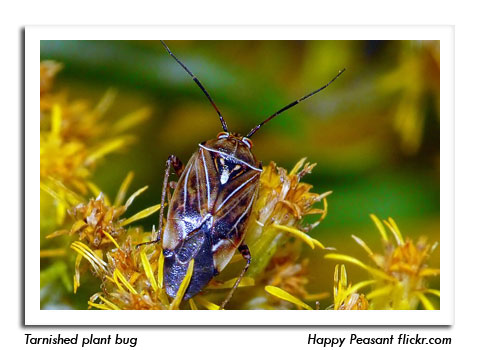
 |
|
|
Fruits
Volume 59 Number 4 Date 05/22/2014 REDBANDED LEAFROLLER - Larval emergence is expected to begin soon in locations where 228 degree days (base 50°F) have accumulated, including much of southern Wisconsin. The first RBLR caterpillars generally appear around petal fall, which is when scouting should commence. Controls applied at petal fall for other target pests usually provide satisfactory control of RBLR. SPOTTTED TENTIFORM LEAFMINER - Spring moths have been active for four or more weeks, and peak emergence has now occurred at most southern and central orchard locations. The optimal sample period for first generation sapfeeder larvae is 10-14 days after a peak capture is registered. Pheromone trap counts for the period of May 15-21 ranged widely from 0-1,215 moths, with the high reported from Montello in Marquette County. Other monitoring sites reported fewer than 431 moths, indicating the flight has peaked and populations are transitioning into the larval stages. OBLIQUEBANDED LEAFROLLER - Larvae have resumed activity after overwintering under the bark of scaffold limbs and twigs. The ¼-inch, yellowish-green caterpillars with black head capsules are expected to feed for 2-3 weeks before pupating within leaf tubes. Pheromone traps should be placed at petal fall to detect the first OBLR moths of the season. CODLING MOTH - The first sustained capture of moths, referred to as the "biofix", is anticipated in the next two weeks in southern and central orchards. The codling moth flight begins in Wisconsin from 201-340 degree days (base 50°F). According to the 50°F column in the degree day table on Page 19, the upper range of this threshold has been surpassed near Beloit in Rock County. Daily monitoring is recommended over the next two weeks to establish the biofix. THRIPS - A Fond du Lac County apple grower has reported a recurrence of this insect in orchard blocks where problems were noted in past years. As was the case last season, the heaviest populations of 2-4 thrips per cluster are concentrated in perimeter trees adjacent to wooded areas. A count of three or more thrips per fruit bud is considered an economic population and can cause abnormal leaf formation, leaf tatter, flower injury and reduced fruit set. TARNISHED PLANT BUG - Nymphs are likely to appear by early June. Strawberry plants beginning to bloom should be checked weekly for both adults and nymphs. Sprays applied against the small, first and second instar stages are very effective and can eliminate the need for a second treatment. The economic threshold for this insect in strawberries is four per 20 sweeps. -- Krista Hamilton, DATCP Entomologist 




|
|
|